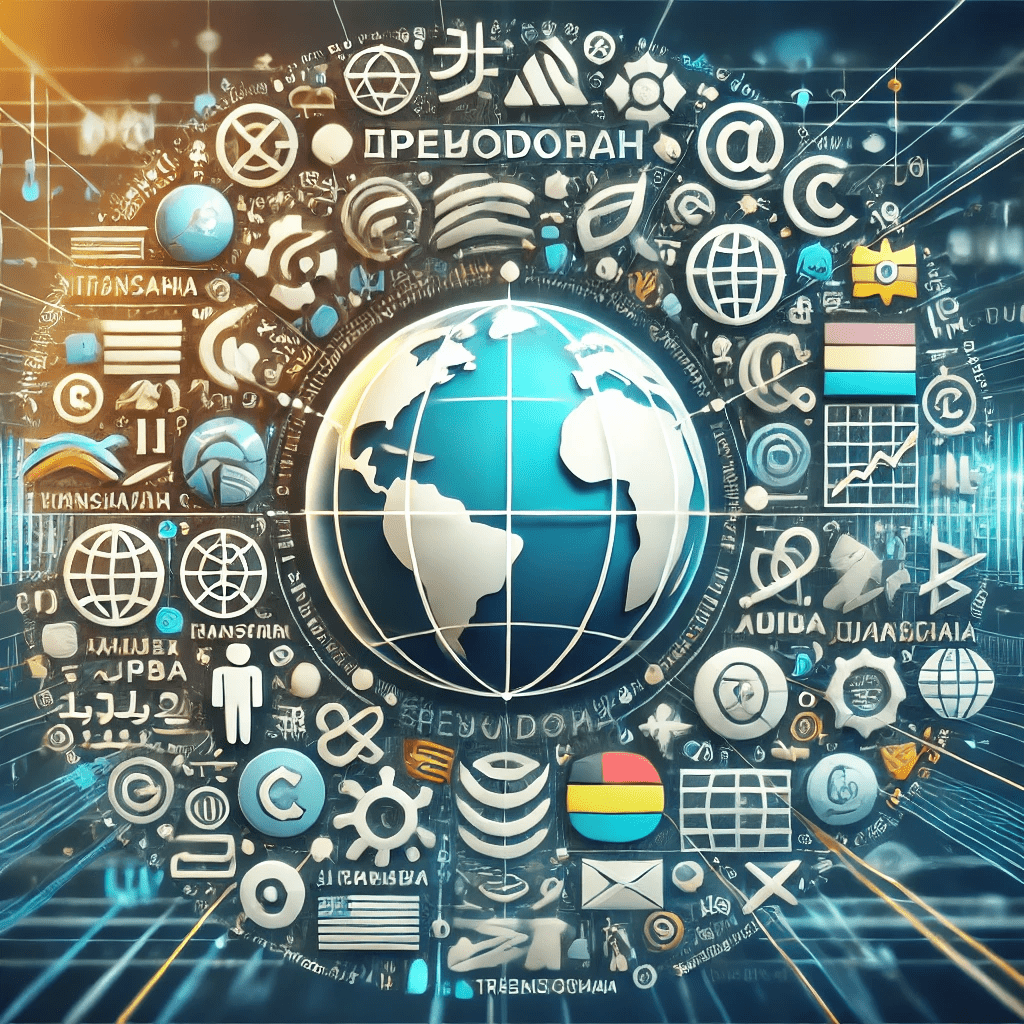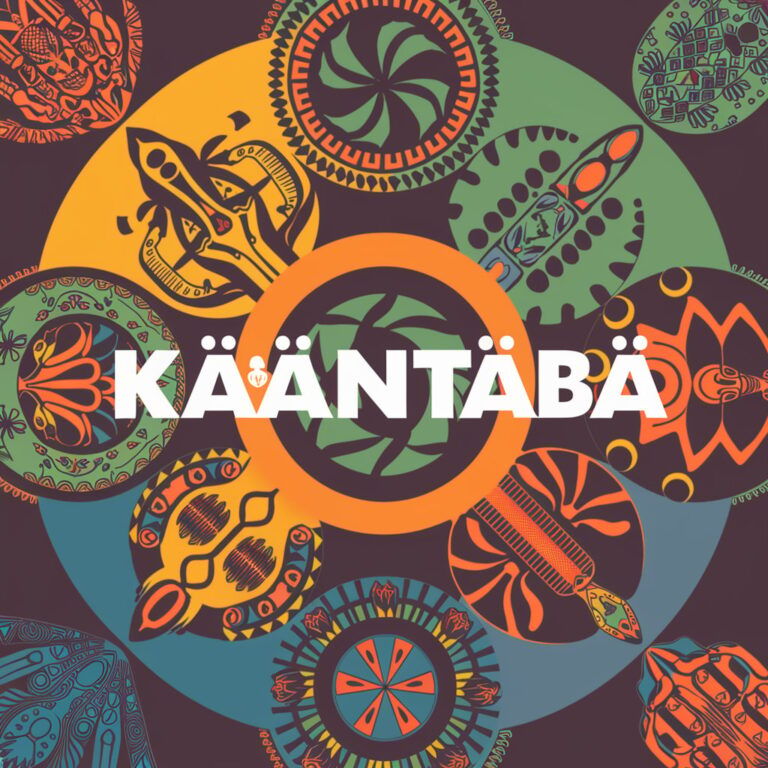The Essential Role of a Превоодач (Translator) in the Globalized World
Introduction
In today’s interconnected world, communication across languages has become a necessity. The role of a превоодач, or translator, is more important than ever. Whether for business, travel, diplomacy, or personal communication, translators bridge the language gap, making it possible for people from different linguistic backgrounds to understand each other. This article explores the multifaceted role of translators, their impact on global communication, and the various tools and techniques they use to deliver accurate translations.
A превоодач, or translator, plays a crucial role in today’s interconnected world by enabling effective communication across different languages, making global interaction possible and seamless.
1. The Importance of Translation in a Globalized World
1.1. Historical Perspective of Translation
Translation has been a crucial part of human history for centuries. From ancient texts to modern-day documents, translators have played a pivotal role in preserving knowledge and facilitating communication between cultures. This section could explore the history of translation, highlighting key moments and figures in the field.
1.2. The Role of Translators in Modern Society
Today, translators are essential in various sectors, including business, law, medicine, and entertainment. They enable cross-cultural communication, ensuring that messages are accurately conveyed across language barriers. The importance of translators in international diplomacy, global business, and even in everyday situations like traveling or using foreign products is immense.
1.3. The Impact of Translation on Globalization
Globalization has led to increased interactions between people from different cultures and languages. Translators have become vital in facilitating these interactions, enabling businesses to expand globally, governments to collaborate on international policies, and cultures to share their art, literature, and media.
2. The Different Types of Translation Services
2.1. Document Translation
Document translation involves converting written text from one language to another. This can include legal documents, medical records, business contracts, and more. The accuracy of document translation is crucial, as errors can lead to misunderstandings and legal issues.
2.2. Interpretation Services
Unlike translation, which deals with written text, interpretation involves translating spoken language in real-time. This can be during conferences, meetings, or live broadcasts. Interpreters need to have a deep understanding of both languages and the subject matter to provide accurate translations on the spot.
2.3. Localization
Localization goes beyond simple translation by adapting a product or content to fit the cultural and linguistic context of a specific region. This is particularly important in marketing, where brands need to resonate with local audiences. Localization involves not only translating text but also adapting visuals, colors, and even product features to suit local preferences.
2.4. Machine Translation and AI
With the advent of technology, machine translation tools like Google Translate have become popular. However, while these tools can provide quick translations, they often lack the nuance and accuracy of human translators. AI is improving in this area, but there are still challenges in capturing the subtleties of language.
3. The Skills and Qualifications of a Professional Translator
3.1. Language Proficiency
A professional translator must be fluent in both the source and target languages. This goes beyond basic fluency; translators must understand the intricacies of both languages, including idioms, slang, and cultural references.
3.2. Subject Matter Expertise
Many translators specialize in specific fields, such as legal, medical, or technical translation. Having expertise in a particular subject matter allows them to understand complex terminology and provide accurate translations.
3.3. Attention to Detail
Translation requires a high level of accuracy. A small mistake can change the meaning of a text entirely. Translators must pay close attention to detail, ensuring that every word is correctly translated and that the overall message is conveyed accurately.
3.4. Cultural Sensitivity
Translators must be culturally sensitive, as language is deeply tied to culture. They need to understand cultural nuances and be aware of potential cultural misunderstandings that could arise from a direct translation.
4. The Tools and Technologies Used in Translation
4.1. Computer-Assisted Translation (CAT) Tools
CAT tools help translators by providing a platform to manage large translation projects. They include features like translation memory, which stores previously translated phrases, and term bases, which ensure consistent use of terminology.
4.2. Machine Translation Software
Machine translation software like Google Translate and DeepL are widely used for quick translations. However, they are best suited for informal use, as they often miss the nuances of human language.
4.3. Translation Management Systems (TMS)
TMS are platforms that help manage translation projects, particularly for businesses that need to translate large volumes of content regularly. These systems streamline the process, ensuring consistency and quality across all translated materials.
4.4. The Future of AI in Translation
AI is becoming increasingly sophisticated in its ability to translate languages. While it’s unlikely to fully replace human translators anytime soon, AI can assist in the translation process, particularly for repetitive or straightforward tasks.
5. The Challenges Faced by Translators
5.1. Translating Idioms and Cultural References
Idioms and cultural references are often difficult to translate directly. Translators must find equivalent expressions in the target language or explain the meaning in a way that makes sense to the reader.
5.2. Maintaining Accuracy in Technical Translations
Technical translations require a deep understanding of the subject matter. Translators must ensure that the translation is not only accurate but also clear and understandable to the target audience.
5.3. Balancing Speed and Quality
In today’s fast-paced world, translators are often under pressure to deliver translations quickly. However, rushing can lead to errors. Translators must balance speed with the need for accuracy and quality.
5.4. Dealing with Ambiguity
Languages often have words or phrases that are ambiguous or have multiple meanings. Translators must use their judgment to determine the correct meaning based on the context.
6. The Role of Translators in Preserving Cultural Heritage
6.1. Translating Literature and Art
Translators play a crucial role in making literature and art accessible to a global audience. By translating books, poems, and other works of art, they help preserve and share cultural heritage.
6.2. The Impact of Translation on Cultural Exchange
Translation facilitates cultural exchange, allowing people from different cultures to learn from and understand each other. This exchange enriches societies and fosters mutual respect and understanding.
6.3. Challenges in Literary Translation
Literary translation is particularly challenging, as it requires capturing the style, tone, and emotion of the original work. Translators must balance staying true to the original text with making it accessible to readers in the target language.
7. The Economics of Translation
7.1. The Global Translation Industry
The translation industry is a multi-billion-dollar industry, driven by the increasing demand for global communication. This section could explore the economics of the industry, including the major players and trends.
7.2. The Cost of Professional Translation Services
Professional translation services can be expensive, particularly for specialized fields like legal or medical translation. This section could explore the factors that influence the cost of translation services.
7.3. The Growing Demand for Translation Services
As businesses and organizations become more global, the demand for translation services continues to grow. This section could explore the factors driving this demand and the opportunities it presents for translators.
8. How to Choose a Professional Translator
8.1. Evaluating a Translator’s Qualifications
When choosing a translator, it’s important to evaluate their qualifications, including their language proficiency, subject matter expertise, and experience. This section could provide tips on how to assess a translator’s qualifications.
8.2. Working with Translation Agencies
Translation agencies can provide a range of services, from document translation to localization. This section could explore the pros and cons of working with a translation agency versus an individual translator.
8.3. Ensuring Quality and Consistency
Ensuring the quality and consistency of translations is crucial, particularly for businesses that need to translate large volumes of content. This section could explore best practices for ensuring quality and consistency in translation.
9. The Future of Translation
9.1. The Impact of Technology on Translation
Technology is rapidly changing the field of translation. This section could explore the impact of technology on translation, including the role of AI and machine translation.
9.2. The Evolving Role of Human Translators
As technology continues to evolve, the role of human translators is also changing. This section could explore how human translators are adapting to these changes and the skills they will need to succeed in the future.
9.3. The Potential for Growth in the Translation Industry
The translation industry is expected to continue growing in the coming years, driven by the increasing demand for global communication. This section could explore the potential for growth in the industry and the opportunities it presents for translators.
FAQs
Q: What is a превоодач?
A: A превоодач is a translator, a professional who converts text or spoken language from one language to another.
Q: How do translators ensure accuracy in their work?
A: Translators ensure accuracy by having a deep understanding of both the source and target languages, being familiar with the subject matter, and using tools like translation memory and term bases.
Q: What are the challenges of translating idioms and cultural references?
A: Translating idioms and cultural references is challenging because they often don’t have direct equivalents in other languages. Translators must find ways to convey the meaning in a way that makes sense to the target audience.
Q: How does technology impact the field of translation?
A: Technology, including machine translation and AI, is changing the field of translation by making it faster and more efficient. However, human translators are still essential for capturing the nuances of language.
Q: What should I look for when choosing a translator?
A: When choosing a translator, look for qualifications such as language proficiency, subject matter expertise, and experience. It’s also important to evaluate their attention to detail and cultural sensitivity.
Conclusion
The role of a превоодач (translator) is vital in today’s globalized world. Translators not only bridge language barriers but also facilitate cultural exchange, preserve cultural heritage, and support global communication. As technology continues to evolve, the field of translation will continue to grow, offering new opportunities and challenges for translators. Whether you’re a business looking to expand globally, a government agency needing to communicate across borders, or an individual needing to translate personal documents, the services of a professional translator are invaluable.






